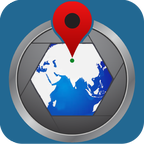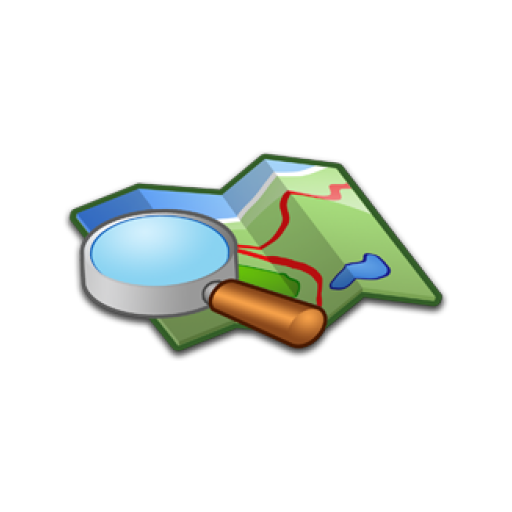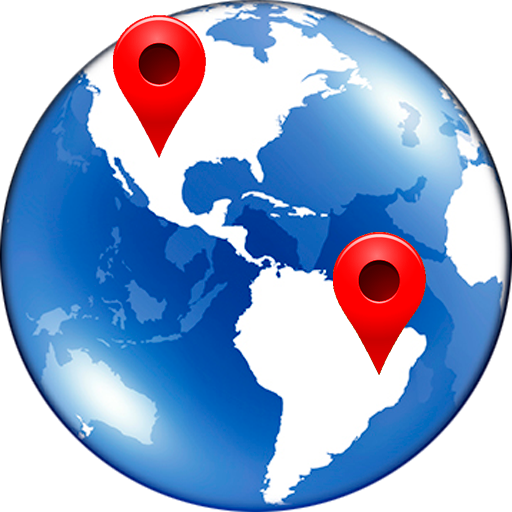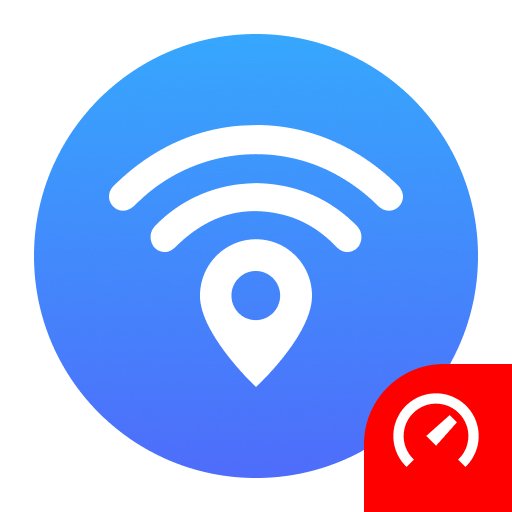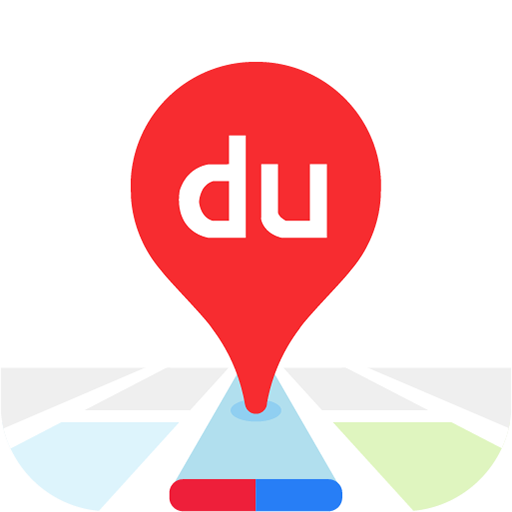This app is used for the people who were going unknown places


| Name | Google Maps for Location search |
|---|---|
| Publisher | Narendra Kumar |
| Genre | Travel Local |
| Size | 925kB |
| Version | 1.0 |
| Update | July 7, 2025 |
| Get it On | Play Store |
| Report | Report Apps |
Preview
Google Maps for Location Search: Your Complete Guide
Local search has become the backbone of modern business discovery. When people need a restaurant, plumber, or retail store, they turn to their phones first. Google Maps for location search has revolutionized how we find and connect with local businesses, making it easier than ever to discover what’s nearby.
This comprehensive guide will show you how to harness Google Maps’ full potential—whether you’re searching for businesses, optimizing your own listing, or improving your website’s local SEO. You’ll learn practical techniques that work for both consumers and business owners.
Finding Local Businesses on Google Maps
Basic Search Techniques
Google Maps makes local business discovery straightforward. Simply open the app or website and type what you’re looking for. The search engine understands natural language, so you can type “pizza near me” or “24-hour pharmacy” and get relevant results.
The platform automatically considers your current location when displaying results. This means searching for “coffee shop” will show nearby cafes first, ranked by distance and relevance. Google Maps for location search prioritizes businesses that are currently open, have good reviews, and match your search intent.
For unknown places, the app becomes particularly valuable. When traveling or exploring new areas, you can search for categories like “gas station,” “ATM,” or “grocery store” to find essential services quickly.
Advanced Search Tips
Advanced users can refine their searches using specific filters and techniques:
Distance-Based Searching: Use radius searches to find businesses within a specific area. For example, searching “restaurants within 5000 meters” helps you discover options within walking distance or a particular zone.
Time-Sensitive Searches: Add time constraints to your searches. “Open now” or “24 hours” filters help you find businesses that match your schedule.
Category Filtering: Use Google’s business categories to narrow results. Instead of searching “food,” try “Italian restaurants” or “takeout” for more precise results.
Price Range Filtering: Many business listings include price indicators ($ to $$$$), allowing you to filter by budget.
Exploring Map Views
Google Maps offers several viewing options that enhance local search:
Satellite View: Shows actual aerial imagery, helpful for understanding a business’s physical location and surroundings.
Street View: Lets you virtually “walk” around an area before visiting, perfect for unfamiliar locations.
Terrain View: Displays topographical information, useful for outdoor businesses or when elevation matters.
Traffic Layer: Shows real-time traffic conditions, helping you choose the best route to your destination.
Optimizing Google My Business Listings
Claiming and Verifying Your Listing
Google My Business optimization starts with claiming your listing. Many businesses already have automatically-generated profiles on Google Maps. Search for your business name and location to see if a listing exists.
The verification process typically involves receiving a postcard with a verification code at your business address. Some businesses qualify for phone or email verification. This step is crucial for Google Maps SEO—unverified listings have limited functionality and lower visibility.
Adding Detailed Business Information
Complete business information improves your local search ranking significantly. Include:
Business Name: Use your exact legal business name consistently across all platforms.
Address: Ensure your address matches exactly with postal service records.
Phone Number: Use a local phone number when possible, as it signals local relevance.
Business Hours: Keep these updated, especially during holidays or special events.
Business Category: Choose the most specific category that describes your business.
Business Description: Write a compelling description that includes relevant keywords naturally.
Utilizing Photos and Videos
Visual content dramatically impacts local search performance. Businesses with photos receive 42% more requests for directions and 35% more click-throughs to their websites.
Local Restaurants excel at this by showcasing appetizing dish photos, interior ambiance shots, and menu highlights. High-quality food photography drives significant engagement and helps customers make dining decisions.
Retail Stores benefit from displaying product photos, store layouts, and seasonal displays. Real-time inventory updates through photos help customers know what’s available before visiting.
Service Providers like plumbers or electricians should showcase their work quality, team photos, and service vehicles. These images build trust and professionalism.
Encouraging and Responding to Reviews
Reviews significantly impact local search rankings and customer decisions. Develop a systematic approach to review management:
Request Reviews: Ask satisfied customers to leave reviews through follow-up emails, business cards, or in-person requests.
Respond Professionally: Reply to all reviews, both positive and negative. Thank customers for positive feedback and address concerns in negative reviews professionally.
Monitor Regularly: Set up notifications for new reviews to respond quickly.
Learn from Feedback: Use review insights to improve your business operations.
Embedding Google Maps on Your Website
Step-by-Step Guide
Embedding Google Maps on your website improves user experience and local SEO. Here’s how:
- Visit Google Maps: Navigate to maps.google.com
- Search Your Location: Find your business or desired location
- Click Share: Select the share button in the left panel
- Choose Embed: Click the “Embed a map” tab
- Copy the Code: Copy the provided HTML code
- Paste on Website: Add the code to your website’s HTML
Benefits for User Experience
Embedded maps provide several advantages:
Instant Directions: Visitors can get directions without leaving your website.
Visual Context: Maps help customers understand your location relative to landmarks or other businesses.
Mobile Optimization: Embedded maps work seamlessly across devices.
Reduced Bounce Rate: Interactive maps keep visitors engaged longer.
Tourism & Hospitality businesses particularly benefit from embedded maps. Hotels can display nearby attractions, restaurants, and transportation options, helping guests plan their stay more effectively.
Real Estate Agencies use embedded maps to show property locations, neighborhood amenities, and school districts, providing valuable context for potential buyers.
SEO Benefits of Google Maps
Improving Local Search Ranking
Google Maps SEO offers substantial benefits for local businesses:
Local Pack Visibility: Well-optimized listings appear in the local pack—the map and three business listings that appear for local searches.
Increased Click-Through Rates: Map listings with complete information and photos receive more clicks than basic listings.
Voice Search Optimization: Google Maps data powers many voice search results, especially for local queries.
Mobile Search Dominance: With mobile searches driving local discovery, Google Maps optimization is essential.
Enhancing Visibility
Businesses that optimize their Google Maps presence see measurable improvements:
Brand Awareness: Consistent NAP (Name, Address, Phone) information across platforms strengthens brand recognition.
Competitive Advantage: Many businesses neglect their Google Maps optimization, creating opportunities for those who invest time in it.
Customer Insights: Google My Business provides valuable analytics about how customers find and interact with your business.
Cross-Platform Integration: Google Maps data appears across Google’s ecosystem, including Google Search, Google Assistant, and partner applications.
Competitor Comparison
While Google Maps dominates local search, understanding alternatives helps you make informed decisions:
Yelp excels in user reviews and has strong community engagement. However, it’s less integrated with general search results and mapping functionality.
Bing Maps offers solid features and integrates well with Microsoft products. It has lower usage rates but can be valuable for businesses targeting specific demographics.
Apple Maps works well for iOS users but has limited functionality on other platforms. It’s growing in accuracy and business listings.
Foursquare provides detailed local search capabilities but focuses less on mapping and more on discovery and recommendations.
Making the Most of Local Search
Google Maps for location search has transformed how businesses connect with customers. Whether you’re exploring unknown places or optimizing your business listing, the platform offers powerful tools for discovery and engagement.
Start by claiming and optimizing your Google My Business listing if you haven’t already. Add complete information, high-quality photos, and encourage customer reviews. For consumers, experiment with advanced search features and different map views to find exactly what you need.
The businesses that succeed in local search understand that Google Maps optimization is an ongoing process. Regular updates, consistent engagement, and quality service create a positive cycle that improves visibility and drives growth.
Ready to improve your local search presence? Begin by auditing your current Google Maps listing and identifying areas for improvement. Small changes can lead to significant increases in visibility and customer engagement.
Download Google Maps for Location search
You are now ready to download Google Maps for Location search for free. Here are some notes:
- Please check our installation guide.
- To check the CPU and GPU of Android device, please use CPU-Z app








